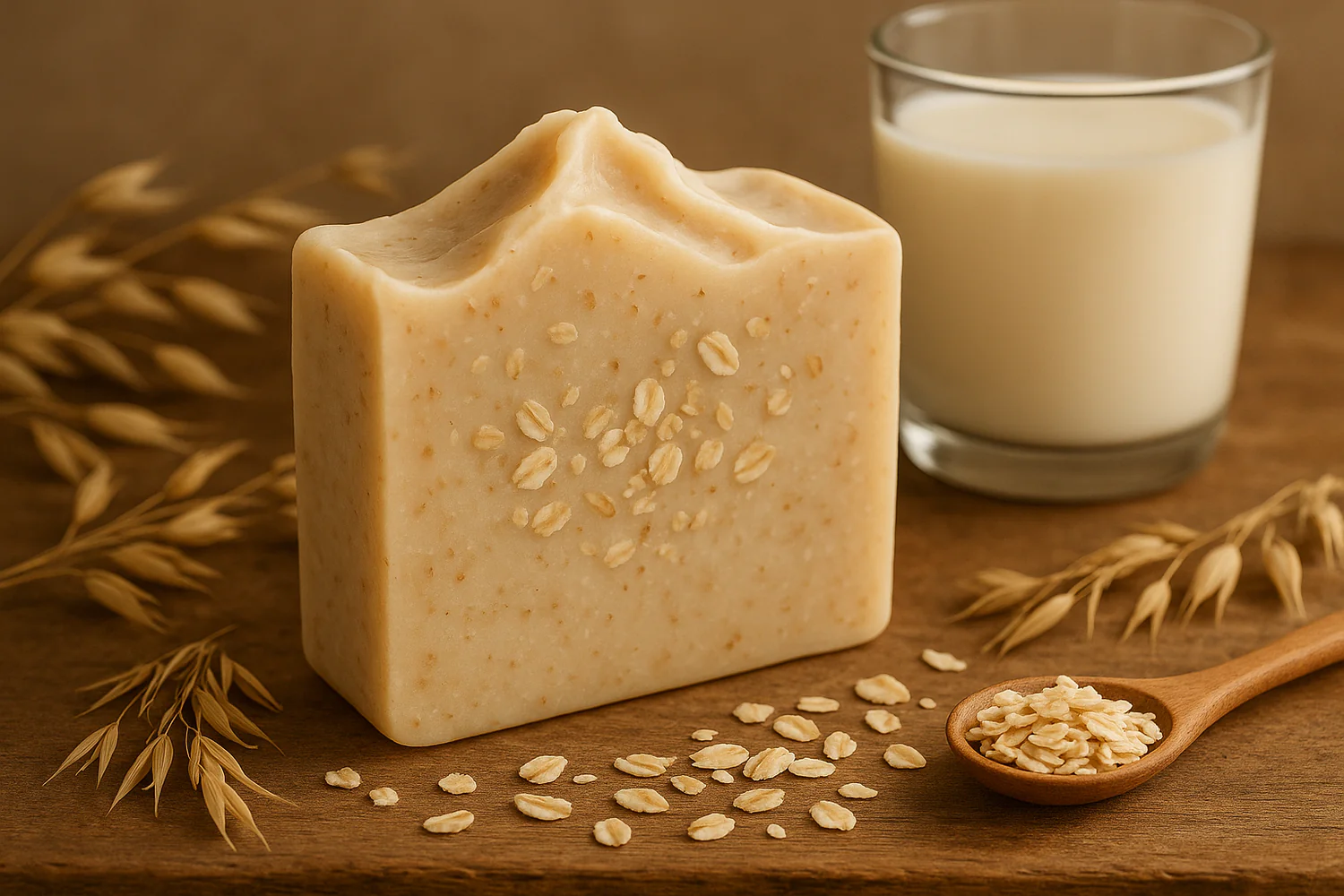
Making soap at home allows you to customize products that are gentle to use on your skin. You can experiment with different ingredients to find the right consistency that matches your preference. Understanding how to store these ingredients effectively helps you maintain a high-quality inventory throughout. Here are a few ways to store and maintain your soap making supplies:
Plan Your Stock In Advance
When planning your stock, it helps to consider the type of soap being created. Cold process, melt-and-pour, and hot process methods each involve different bases, oils, fragrances, and additives. Ordering larger quantities can reduce last-minute adjustments and keep the materials needed available for production.
Reviewing your recipe roster helps estimate the quantities of oils, butters, and bases needed for production. Purchasing soap making supplies in larger sizes, such as multi-pound containers of essential or fragrance oils, can reduce frequent reordering and support smoother operations. A wider selection of colors provides room for creativity and experimentation, keeping product lines fresh from season to season.
Build a Reliable Inventory
Effective stock management starts with a structured approach. Separating soap bases, pre-formed bars, fragrance and essential oils, colorants, and additives into clearly labeled containers makes it easier to locate items and monitor inventory. Using transparent containers allows quick visual checks of available supplies, helping prevent delays during production.
Packaging materials and tools benefit from a dedicated area within the workspace. Maintaining an adequate supply of molds, spatulas, measuring tools, and packaging items supports an uninterrupted workflow. Rotating ingredients according to their shelf life helps preserve quality, keeping oils and botanicals in optimal condition for consistent results.
Organize for Efficiency and Visual Ease
Grouping oils, fragrances, colorants, and additives in labeled containers allows quick identification, while transparent storage helps track inventory. Dedicated spaces for packaging materials such as labels, boxes, and shrink wrap keep production efficient, and having enough molds, spatulas, and measuring tools supports consistent operations. Applying a first-in, first-out rotation for ingredients with limited shelf life, including oils and botanicals, preserves quality and consistency.
Key considerations:
- Storage Solutions: Clear, labeled containers for each category of supplies.
- Packaging Materials: Space reserved for labels, boxes, and shrink wrap.
- Tool Availability: Sufficient molds, spatulas, and measuring tools.
- Shelf Life Management: FIFO rotation for oils, botanicals, and other perishable ingredients.
Preserve Raw Materials
You can store oils and fragrances in dark glass containers with tight seals in a cool, dry place. This helps keep light, heat, and air out, which can degrade volatile compounds. Once transferred into well-sealed glass bottles, fragrances are further preserved to maintain their vigor with time. To increase shelf life, include antioxidants and chelators such as rosemary oleoresin extract (ROE) to stabilize oils that are susceptible to rancidity.
Purchase Quality Soap Making Supplies
Making soap requires consistent access to high-quality inventory. Proper storage and organization of oils, fragrances, colorants, and other ingredients helps preserve their potency, scent, and shelf life, allowing for more consistent batches over time. Maintaining a dedicated space for packaging materials and tools streamlines production and supports efficiency in every step. Exploring curated selections of soap-making supplies can help match ingredients to your specific recipes and creative goals.


